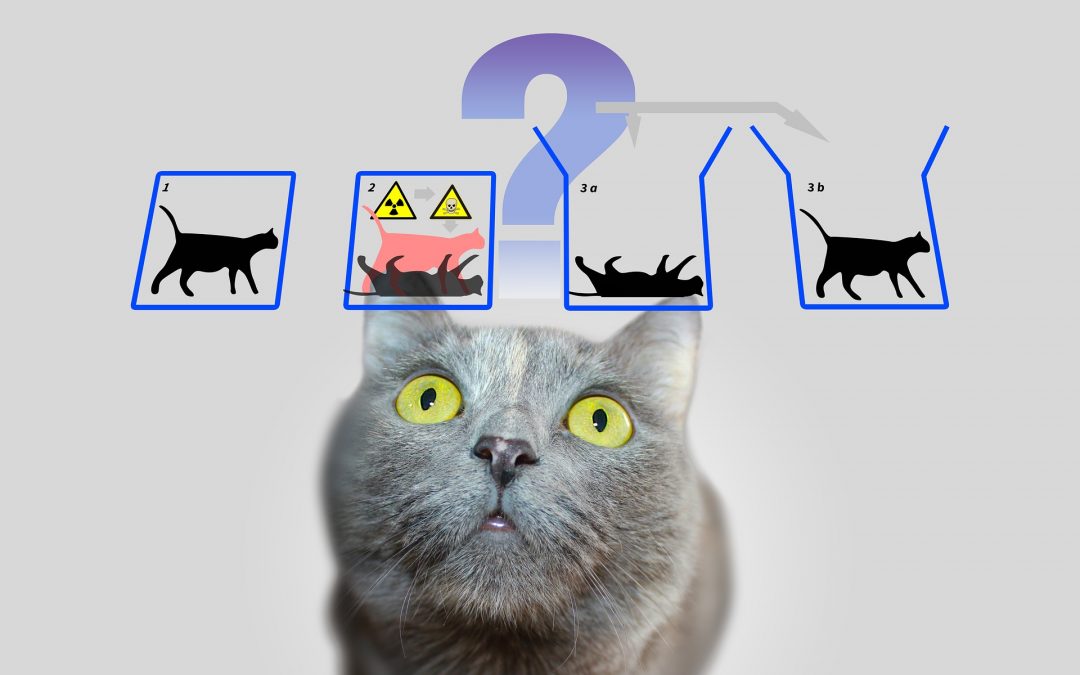
SCHRÖDINGER’S CAT
Imagine you sit down and pick up your favorite book. You look at the image on the front cover, run your fingers across the smooth book sleeve, and smell that familiar book smell as you flick through the pages. To you, the book is made up of a range of sensory appearances.
With an opening like this, what do you think?
I was immediately attracted to it and continued reading:
But you also expect the book has its own independent existence behind those appearances. So when you put the book down on the coffee table and walk into the kitchen, or leave your house to go to work, you expect the book still looks, feels, and smells just as it did when you were holding it.
Have you ever thought otherwise?
Where is this question leading us?
If I had not “spoiled” through the title, I would almost leave in suspense curious about your answer.
The article, which I recommend you continue here is titled “Is Reality a Game of Quantum Mirrors? A New Theory Helps Explain Schrödinger’s Cat.”
Also thanks to a quote from the new book by Carlo Rovelli it is about this theory useful to understand in a very simplified way the concept of the uncertainty principle of quantum mechanics.
Off course this information always comes to me from Massimo, because I am rather in chaos already considering only one dimension … yet in this case, even a less brilliant mind like mine can grasp this concept in a basic way.
Research from Yale University has been published on Nature mainly by Zlatko Minev according to which it is possible to predict the quantum leap and therefore to know before opening the box.
But regardless of this I would like to dwell on the idea of two different opposing versions, yet both true.
The cat is alive and dead at the same time.
A bit like a sort of extreme take on the famous Sliding Doors.
Finding myself in a particular moment of life, with the aggravating circumstance of being a chronic indecisive, I will inevitably have to make crucial decisions.
Are you resolute or recriminating?
Do you attribute events to chance, to fate, or do you ever think that something could have gone differently?
The typical question what if… is it just a mental journey for you?
Are you a fatalist or would you rather be able to close the lid of the box to save the cat?





 Hi I'm Claudia and this is KCDC.
Hi I'm Claudia and this is KCDC.





LATEST COMMENTS